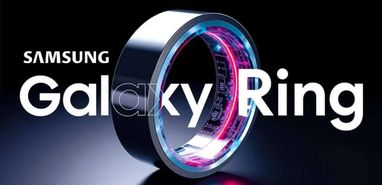
Samsung has expanded its wearable technology offerings beyond smartwatches with the introduction of the Galaxy Ring. Priced at $399.99, this smart ring debuted at Samsung’s latest Unpacked event, sparking significant interest among tech enthusiasts. My brief encounter with the Galaxy Ring left a strong impression, offering a glimpse into its potential as a standout gadget in the wearable market.
Sleek Design and Robust Build
The Galaxy Ring doesn’t deviate drastically in design from other smart rings, maintaining a classic yet modern aesthetic. Available in gold, silver, and black, each variant is crafted with a durable titanium frame, boasting a glossy finish that catches the eye—especially the gold version. Although I’ve yet to fully test its durability, its 10ATM water resistance and IP68 rating are promising indicators of its ruggedness.
Measuring 7mm in width and 2.6mm in thickness, the Galaxy Ring feels notably slimmer than its competitors, possibly due to its slightly concave shape. It’s lightweight, ranging from 2.3 to 3 grams depending on the size, and is offered in nine sizes from five to thirteen, ensuring a fit for every user.
Innovative Charging Case and Battery Life
What sets the Galaxy Ring apart is its charging case, featuring a futuristic transparent design with LED indicators—not only stylish but highly practical. Unlike the easy-to-lose puck-shaped docks of other smart rings, this robust case can comfortably fit in a bag, offering convenience and protection against mischievous pets. It holds 1.5 times the charge, providing six to seven days of battery life, with a full recharge taking about 80 minutes.

I also tried Samsung’s sizing kit, which I recommend for ensuring an optimal fit, as proper sizing significantly affects comfort and battery efficiency. The sizing experience revealed that my ring size varied across different brands, emphasizing the importance of this step.
Focused on Health and Fitness
The Galaxy Ring, like its peers, primarily serves as a discreet health tracker. It lacks the capability for notifications or silent alarms, focusing instead on essential health metrics. Equipped with an accelerometer, optical heart rate sensor, and a skin temperature sensor, it tracks sleep, heart rate, and physical activity. Samsung introduces Galaxy AI-powered features like the Energy Score and personalized Wellness Tips, enhancing the device’s utility and user engagement.
Enhanced Integration within the Samsung Ecosystem
The Galaxy Ring is optimized for Android users, particularly those within the Samsung ecosystem. Features like the Health AI’s Energy Score and the Find My Ring function require a Galaxy smartphone to operate effectively. The device integrates seamlessly with other Samsung products, such as the Galaxy Watch, choosing the clearest data source during activities for improved accuracy and battery management.
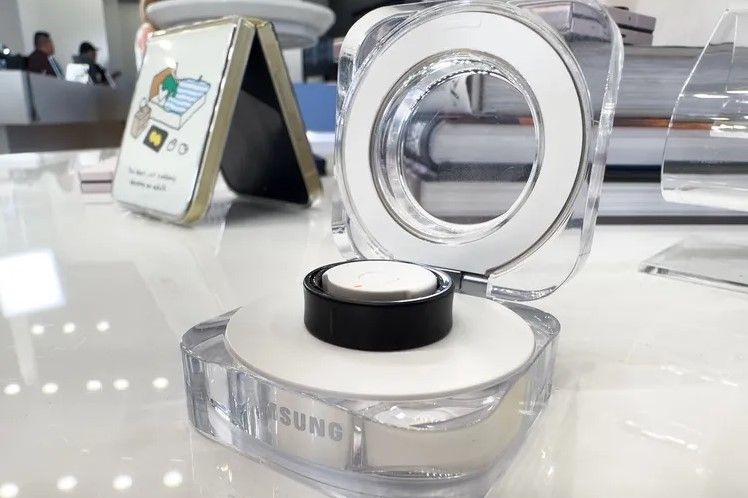
One of the most intriguing features is the ability to control a Samsung Galaxy phone’s camera or dismiss alarms with a double pinch gesture—innovative and exclusive to Galaxy phone users.
Final Thoughts
While my initial experience with the Galaxy Ring was limited, its sleek design, innovative charging solution, and robust health tracking functionalities show promise. Its success will ultimately depend on its tracking accuracy and battery life performance. If Samsung can deliver on these fronts, it could potentially lead the smart ring market, offering a compelling alternative to traditional smartwatches.
The Samsung Galaxy Ring is now available for preorder, with wide availability set for July 24th.


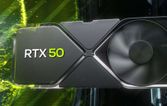

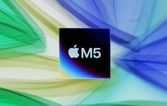

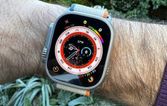

By Andrej Kovacevic
Updated on 18th July 2024